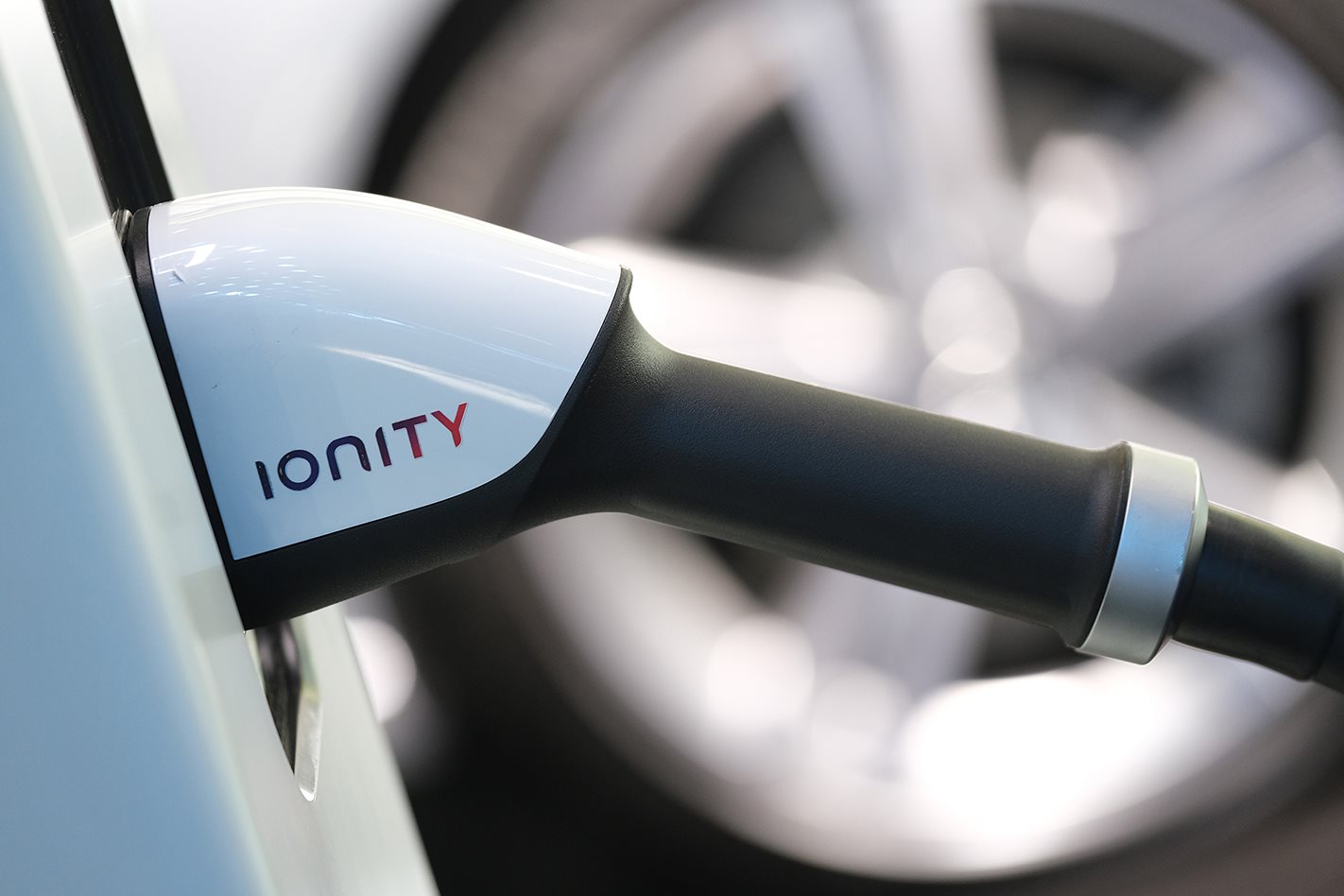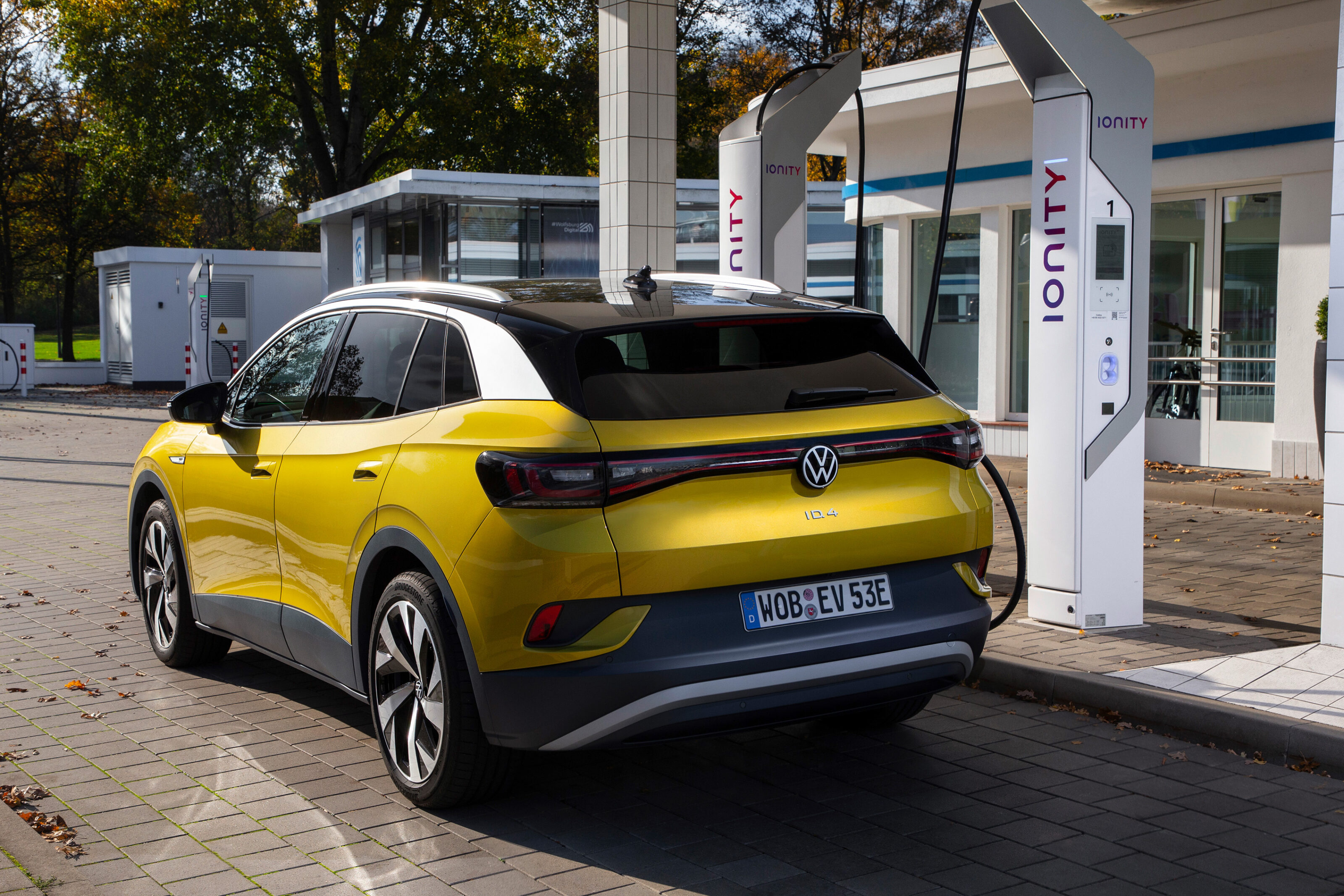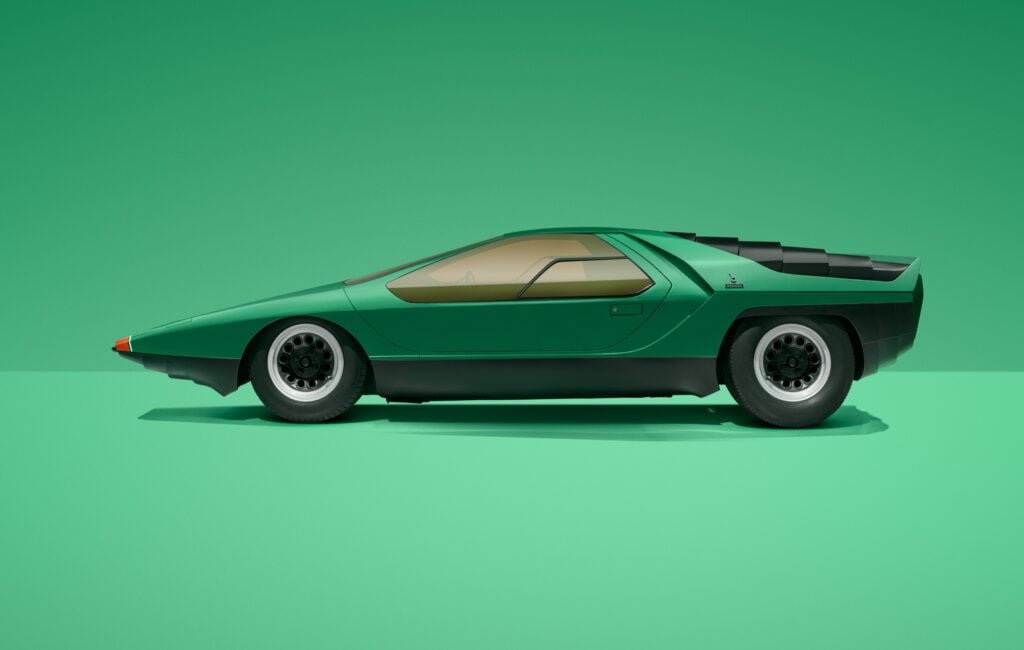Herbert Diess was right. The Ionity charging station wasn’t great. The VW Group boss had given it a scathing appraisal on Linkedin a couple of months earlier.
Though written in German, the post got widespread attention across Europe and the USA.
“No bathroom, no coffee, an out-of-service/broken charging point, a sad state of affairs. It was anything but a premium charging experience, Ionity!” he wrote. Diess was heading off for his summer holiday, and it wasn’t going well.
The exec was driving an EV, a VW ID3 Pro, south from Germany, across Austria, and on to Italy. None of the four DC fast chargers at the Ionity station at the top of the Brenner Pass between Austria and Italy was available, which must have been mildly annoying. So he chose to drive another 140km south to Trento, site of the next Ionity station on his route.
By this time the VW must have been running low on energy. The ID3 Pro comes with a 58kWh or 77kWh battery pack, depending on the variant. The smaller pack is good for a real-world range of around 350km, the larger around 450km.

Maybe you’re wondering why he didn’t simply check his options with other charging networks. Good question. And one with an intriguing answer…
Diess’s criticism was newsworthy because VW Group is a part owner of Ionity. The German giant invested a reported €200 million in a joint venture with BMW Group, Mercedes-Benz and Ford to launch Ionity in 2017. They’ve since been joined by Hyundai.
The electrons weren’t flowing. Even worse, the charging cable was locked into the VW’s charging port and wouldn’t release
Understandable, then, that Diess would choose to use Ionity. His holiday drive was a chance to check on how VW’s investment was performing. That’s certainly how plenty of commentators interpreted his post… which I wish I’d seen earlier than I did.
I didn’t know it at the time, but I connected my ID4, borrowed from VW Italia, to exactly the same Ionity charger in Trento as Diess in his ID3 a couple of months earlier.

The electrons weren’t flowing. Even worse, the charging cable was locked into the VW’s charging port and wouldn’t release. So I was tethered to the spot. And there wasn’t enough charge in the battery to be certain of reaching my weekend getaway destination in the Dolomite mountains.
The four chargers were right beside an Eni service station, but the place was closed. Nowhere convenient to take a pee or down an espresso, then. There was nothing nearby, either. The station was in a business zone on the city outskirts that was dead and deserted on this Saturday afternoon.
But it was conveniently close to an exit from the A22 autostrada, which is one of the reasons I’d planned to stop here. The other was that it had four 350kW DC fast chargers.
The ID4 can’t use all that power. Its maximum DC fast-charge rate is 125kW, but the other chargers I found when researching the route were 50kW units. These would take more than twice as long to charge the VW. So I signed up with one of the big Italian charging networks that offers Ionity access and downloaded their app.

It took some time for the Ionity helpline to solve my Trento problem. From a call centre many miles away in London they were able to remotely release the ID4 from the faulty charger and initiate a free-of-charge recharge from the adjacent unit. The 50 percent fill would have cost the equivalent of $45; Ionity’s prices for 350kW charging are very high.
Australia may lag most of the wealthy nations of the world when it comes to EV adoption, which means a chance to avoid the mistakes others are making.
A network of DC fast chargers will be absolutely crucial to making EVs practical for long-distance driving in Australia. The number of stations installed is the obvious and easy way to measure progress. But charger location and reliability are critically important factors too, as Herbert and I have both discovered.







